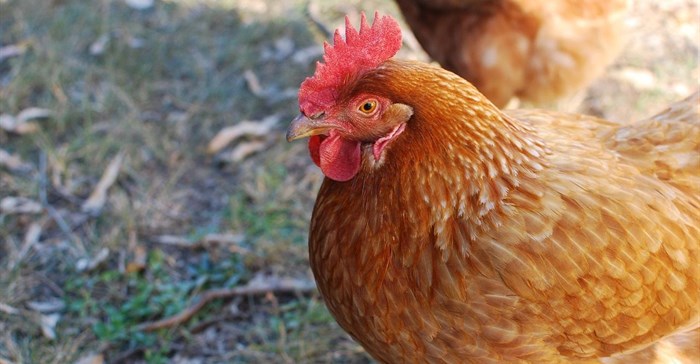
Top stories


Marketing & MediaCammy Msimango on finding her footing in South Africa’s fast-moving digital newsroom
Esther Tomorrow, MDNTV 19 hours




More news




The single case of bird flu in Zimbabwe and the two recent cases in South Africa originated from migrating water fowl - like wild ducks and geese that have introduced the H5N8 virus to the region. Birds migrate in the summer season to southern Africa. Thus it is not expected that further infections will originate from migrating birds as a source. It is, however, important to have a surveillance project in place in order to determine the presence of bird flu amongst South Africa’s wild bird population. To date, no known cases of increased death numbers under wild birds were reported in the areas migrating birds use to overwinter in South Africa.
Consumers are concerned, but it is important to know that this strain does not affect human beings. Presently, the two outbreaks in South Africa are contained on two farms near Villiers and Standerton, indicating that the outbreak is limited only to this region for now. Poultry producers are vigilant and monitor poultry breeding, rearing, broiler production and egg laying units closely.
The main reason why it is necessary to fully contain and wipe out infected flocks of poultry is to prevent the spread of the virus to the rest of the poultry production regions in South Africa. The H5N8 virus is virulent and can lead to big losses in commercial production units. Containing the disease and destroying the infected poultry is for this reason a priority for the industry.
Note that our poultry producers in South Africa already took on additional biosecurity measures to protect the future production of broilers and eggs. It is also comforting to know that South Africa’s veterinary sector rates amongst the best in the world.
In conclusion, there is sufficient reason to believe that the two outbreaks of bird flu can be successfully contained without spreading and impacting the production of poultry negatively in the rest of South Africa. Collaboration in the private sector is professional and sufficient, but we need urgent and decisive action from public stakeholders on how to deal with the culled birds.